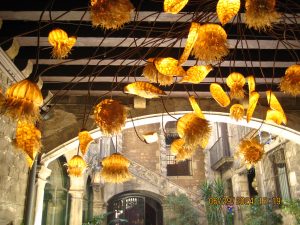About a month ago, I embarked on a solo expedition into the city of Barcelona, Spain. My expectations were strong going into the Spanish country, having had a glimpse into the attention-grabbing art of Flamenco from the annual Guitar Festival at UTD. As I expected, the music took me by storm—my adventure was enhanced with a truly immersive musical and artistic involvement, transforming my idea of how music is integrated into the human experience.
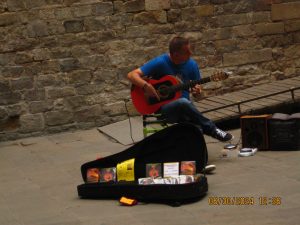
First of all, the street musicians: these individuals, appearing along the yellow historic alley ways, would enhance the squares to bring color to the canvas. Whether it was guitar, trumpet, or unseen gongs and bowls, the music echoed itself into the walls and windows. The story-telling strums envelop your senses to offer you an alternative perspective on living. Thanks to the principle of paying for someone’s dedication to their craft and performance, these street musicians represented an idea that you could create a livelihood based on forming a deeper connection with those around you. The ability to support these individuals — who dedicated their time to showing us their passions through music—was a gift in and of itself.
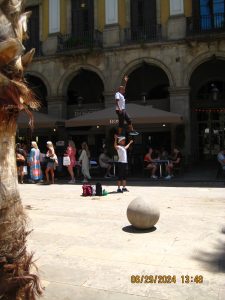
The Tablao show: El Espectáculo de su Vida. This Flamenco performance incorporated singing, impressive guitar feats, and intense, rhythmic foot tap dancing. Seeing the show live gave me a taste of the timeless art feeling historic yet fresh all at the same time. The intimate language of Flamenco is an art form historical to Spain, as the stories told originate from exclusive family heritages displaying life and culture in southern Spain. My first show was in a cave-like room that naturally amplified the characteristics of the performance, while simultaneously bringing the audience closer to the stage. These flamenco legends used claps to their advantage, utilizing the rhythms from the claps to transition into the next songs, thus incorporating the audience into the show. While in Las Ramblas, the heart of flamenco in Barcelona, I was starstruck to encounter this once-in-a-lifetime spectacle.
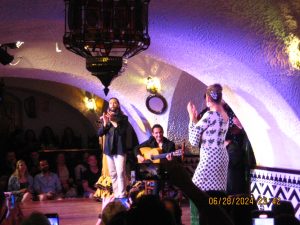
The next two nights were subsequently dedicated to pursuing more of these shows. I learned the relationship of performers and their tempo to be described as the “duende,” one of the elements to which flamenco is so authentic and original. Innately, I, like many others, use rhythm as a foundation to connect to music. Through tapping my foot, nodding my head, or dancing, rhythm connects us to the tempo physically. This inborn relationship of rhythm held our attention, as the fast, intense tempo represented a dramatic display of self expression. Rhythm allowed the improvisation of both the musicians and dancers, with the singers contextualizing the emotions of what is expressed—truly an exhilarating and unique musical experience.
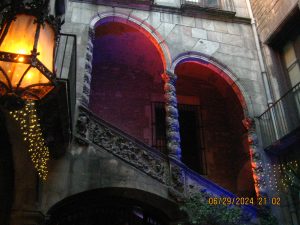
Overall, Barcelona was probably my favorite place I visited on my trip abroad. The adrenaline and rush-inducing nature of the guitar strums is a detail that will bleed into my own personal learning process with my instrument. The display of one of the most prominent elements of Spanish culture showed me a glimpse into just how crucial music is to creating a sense of community and belonging. What you can learn from my time in Spain is to support those around you who explore artistic and musical endeavors, as the value of the creative process continues to decline in our ever-evolving culture. In helping each other and spending our precious dollars with purpose, I believe we can heal and bring back together our sense of local community and keep our culture lively and colorful musically.



